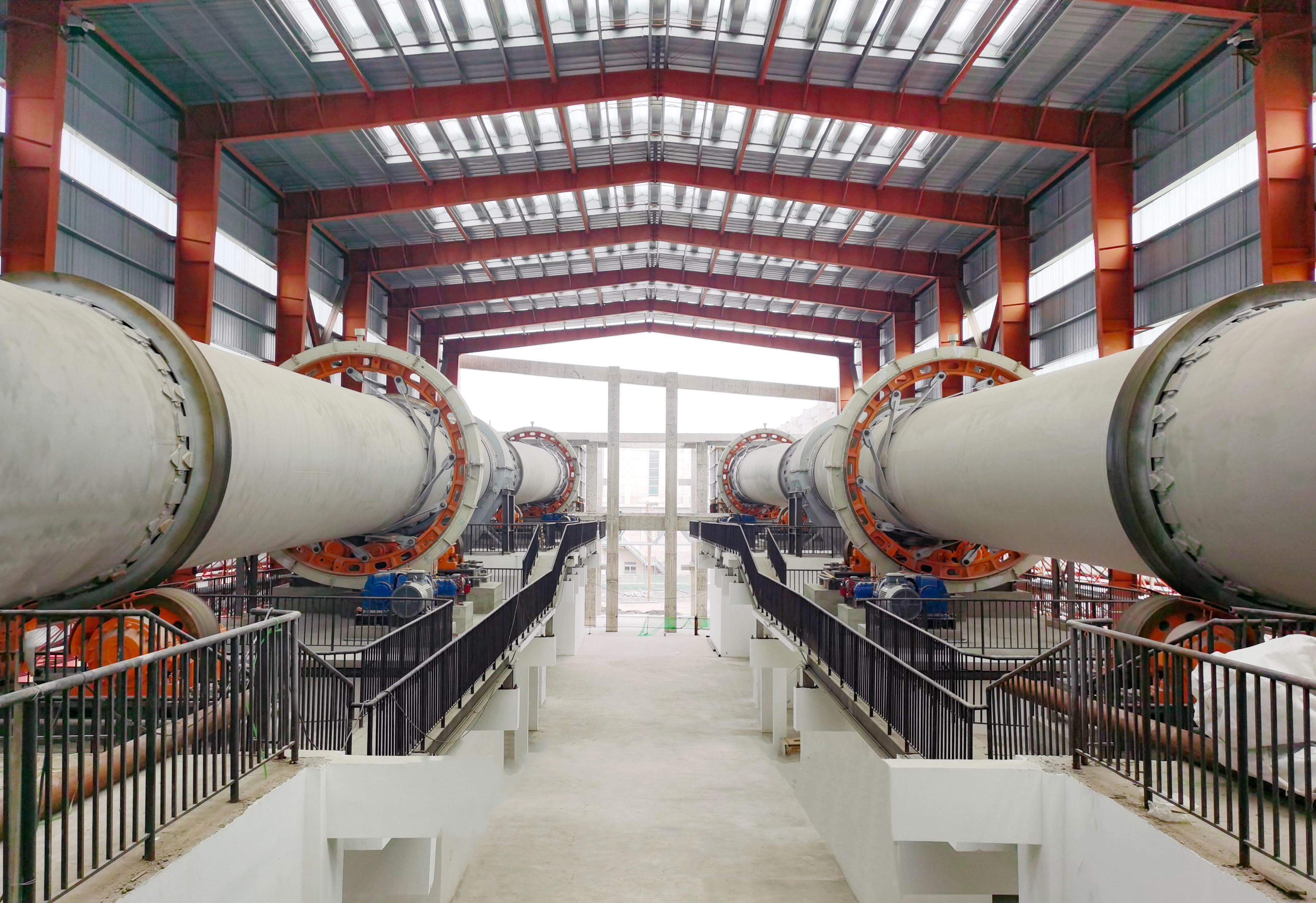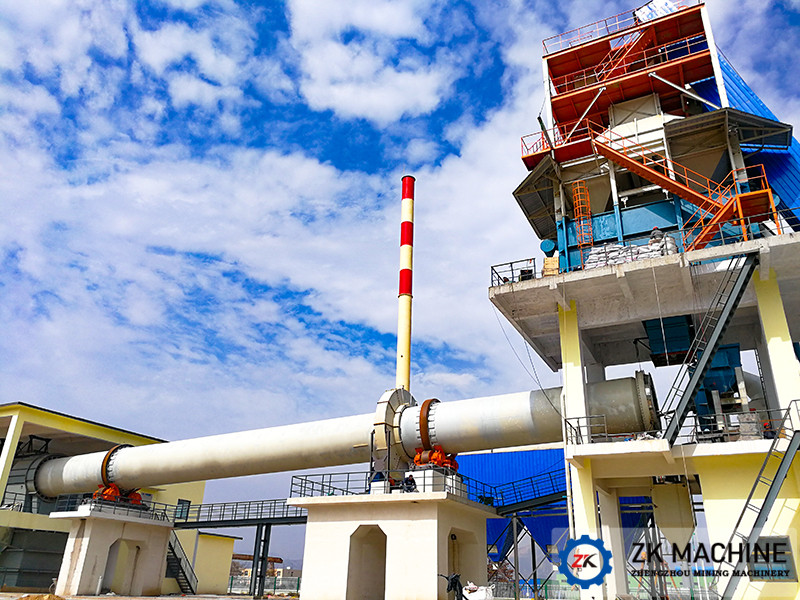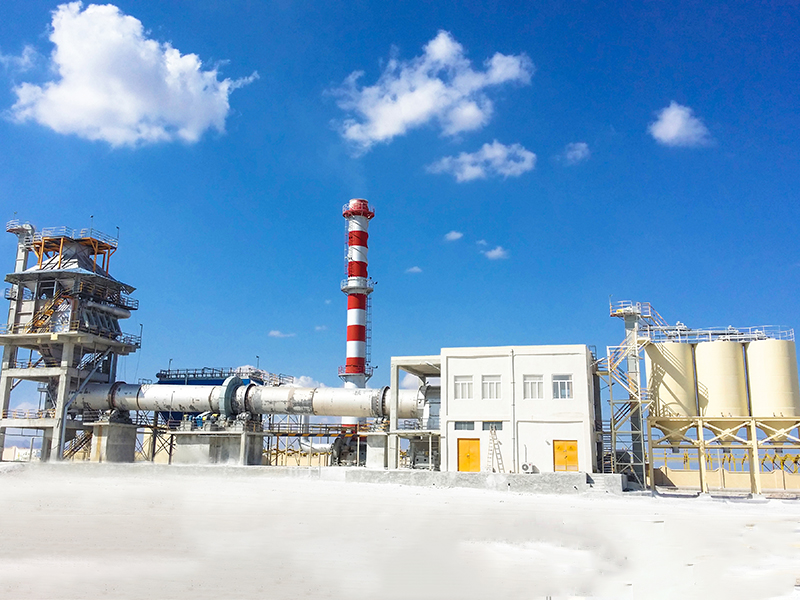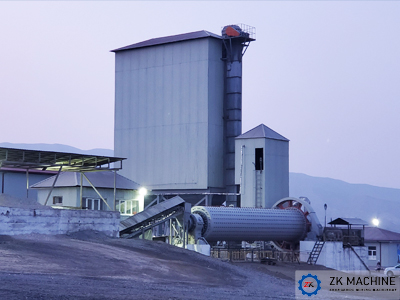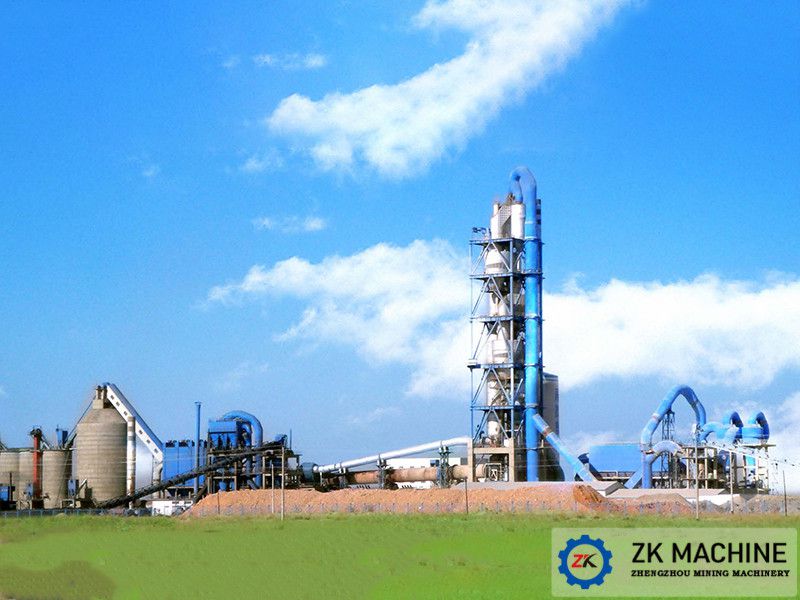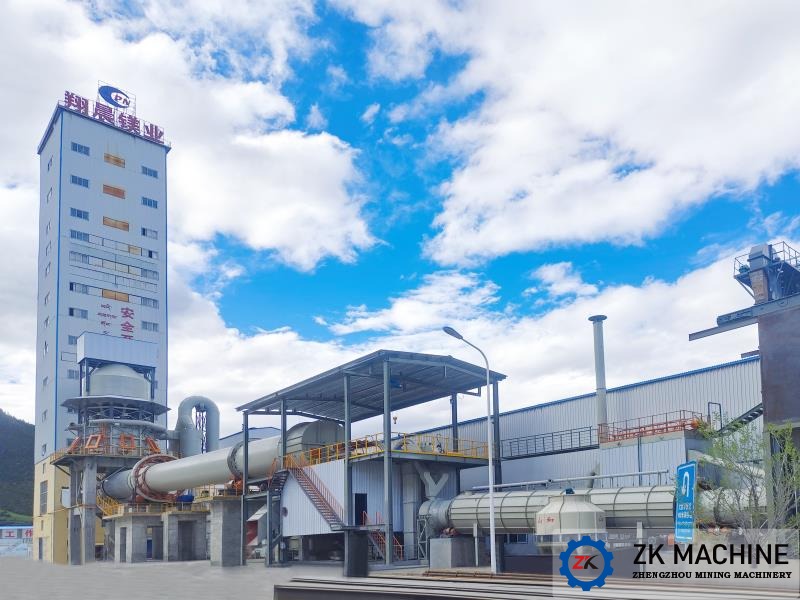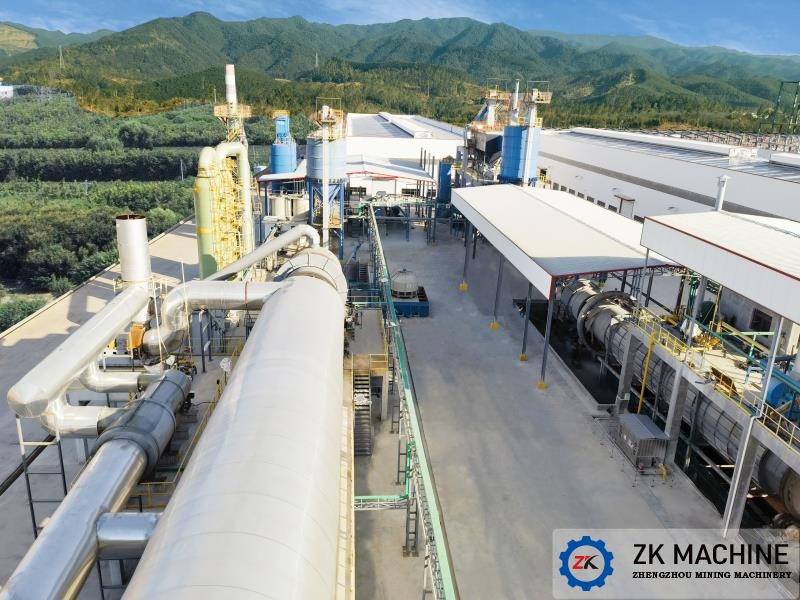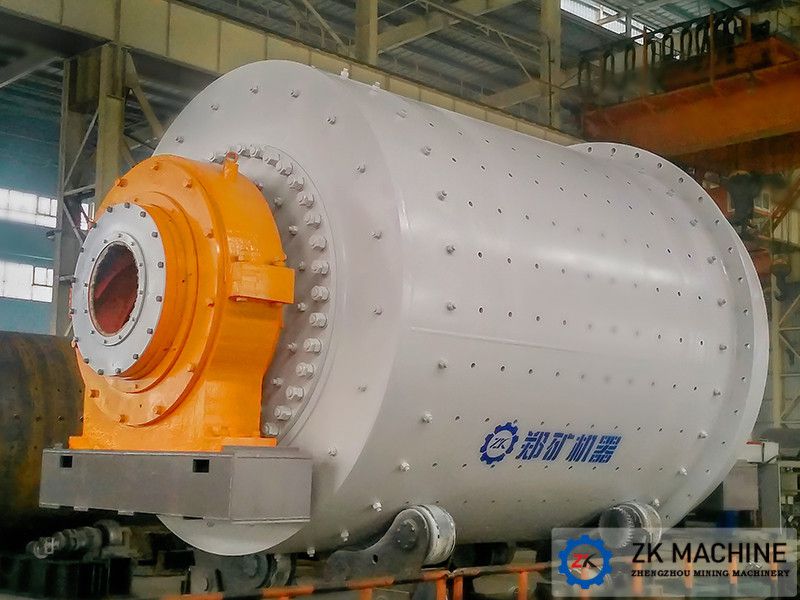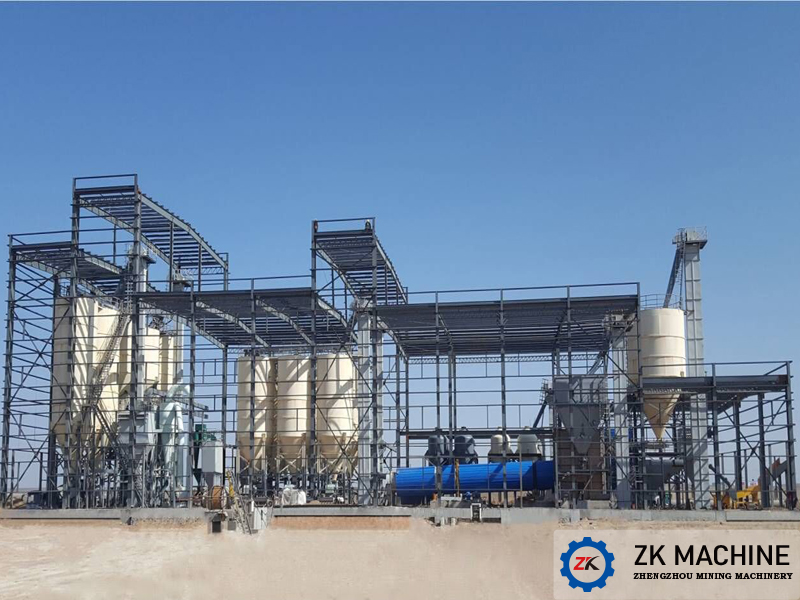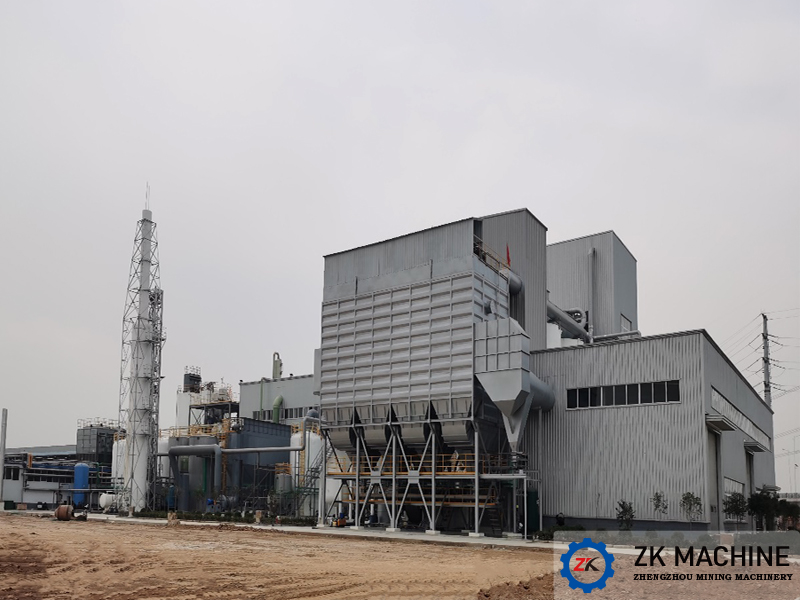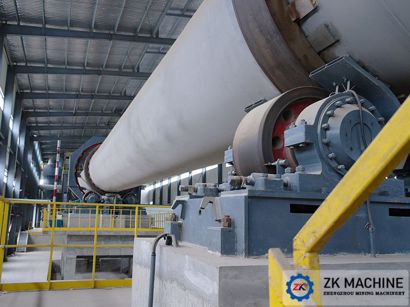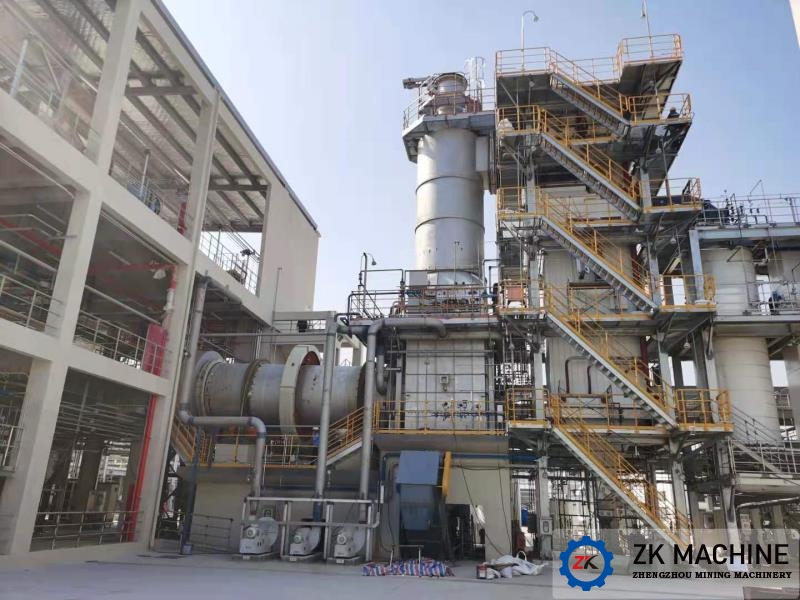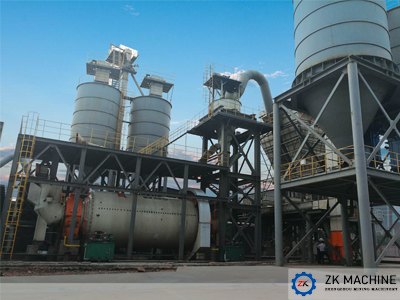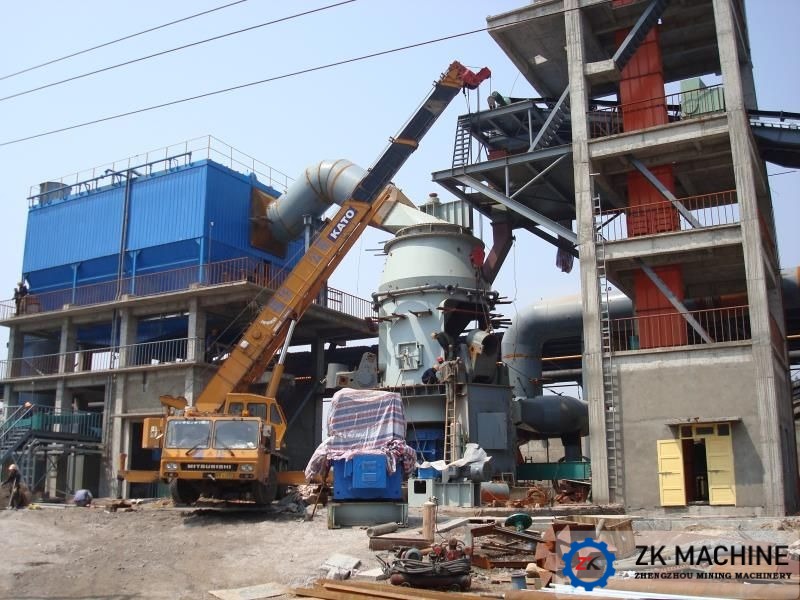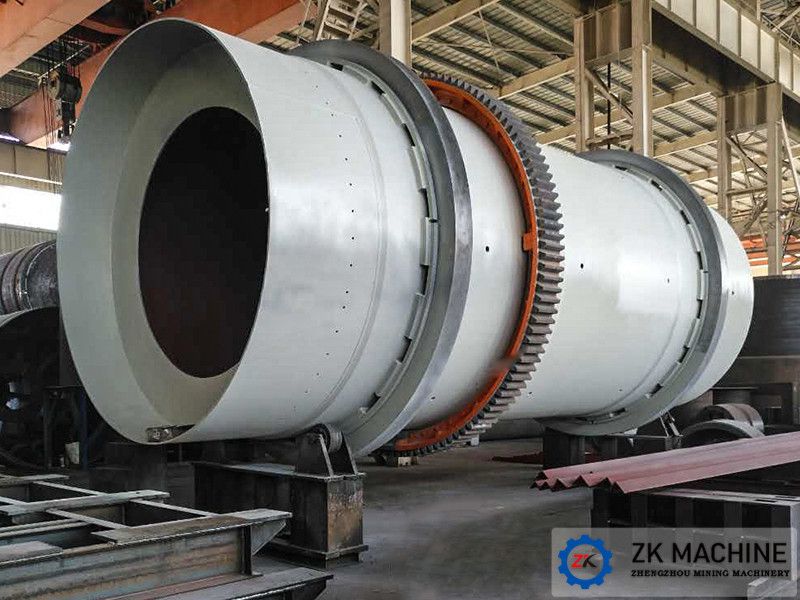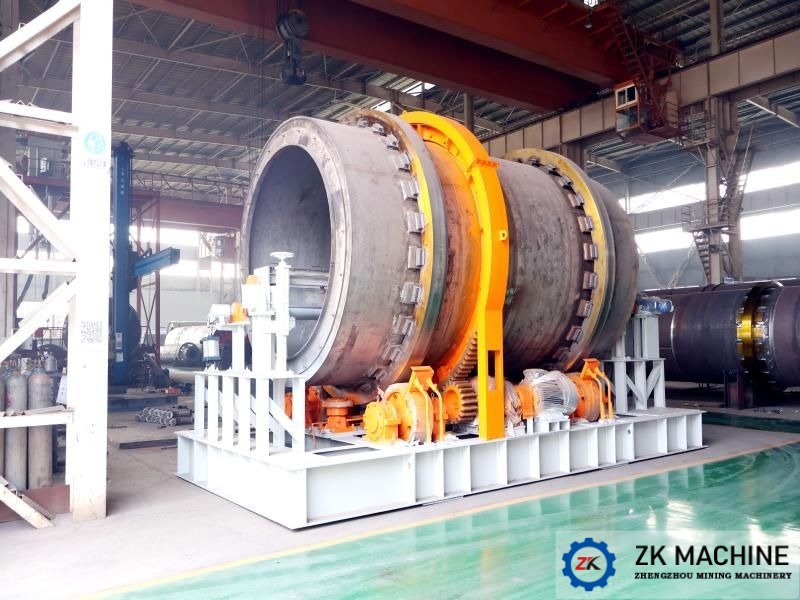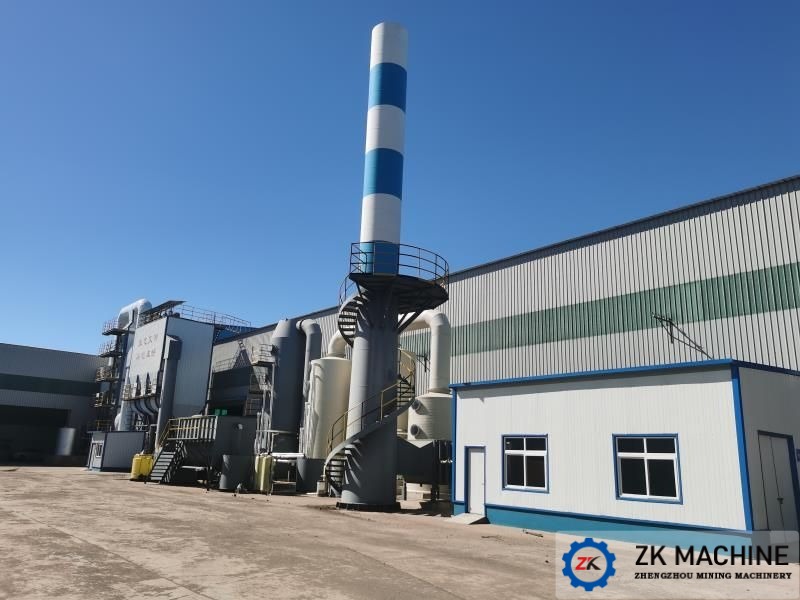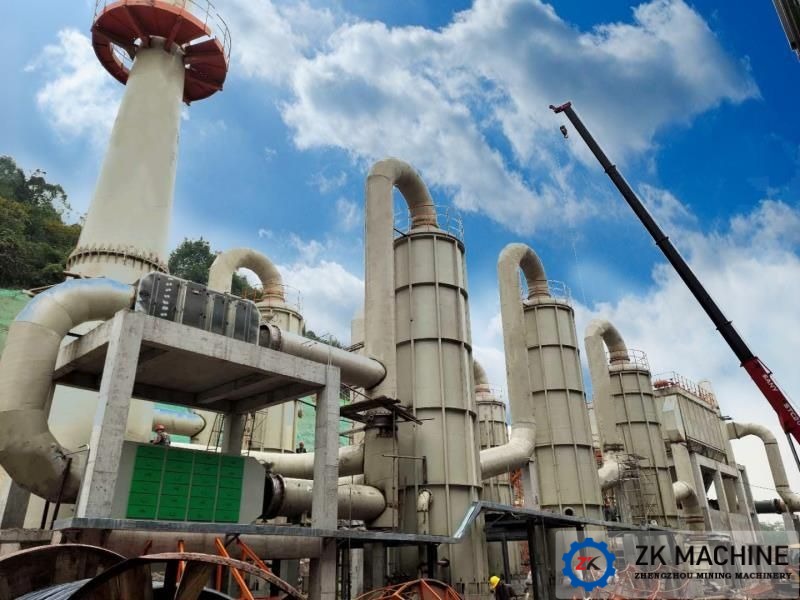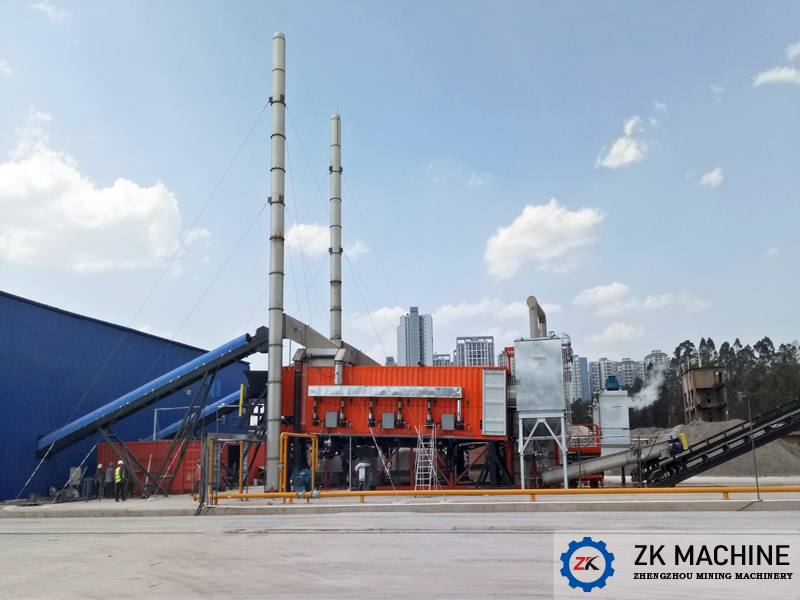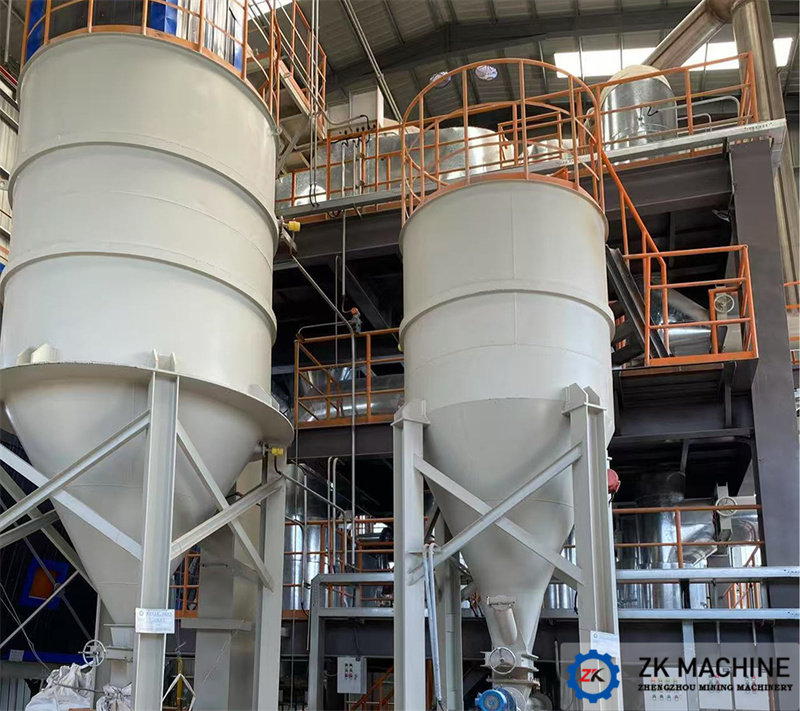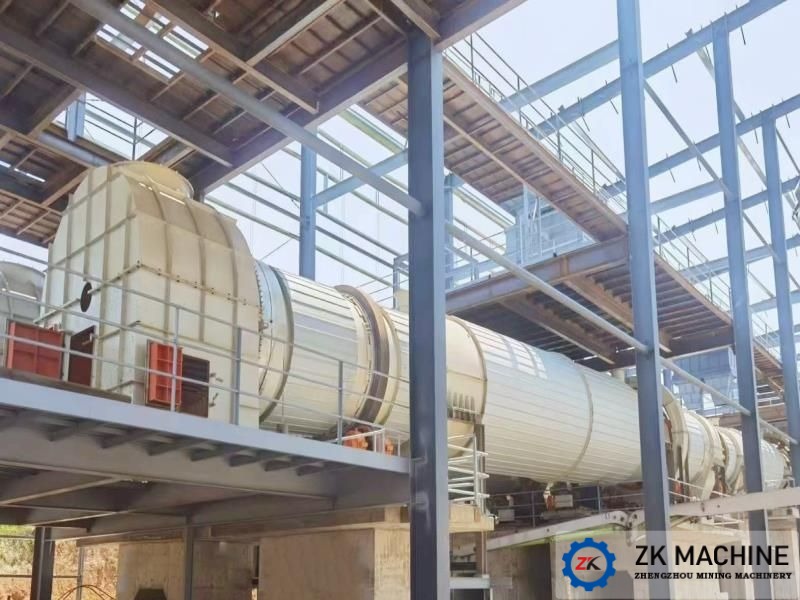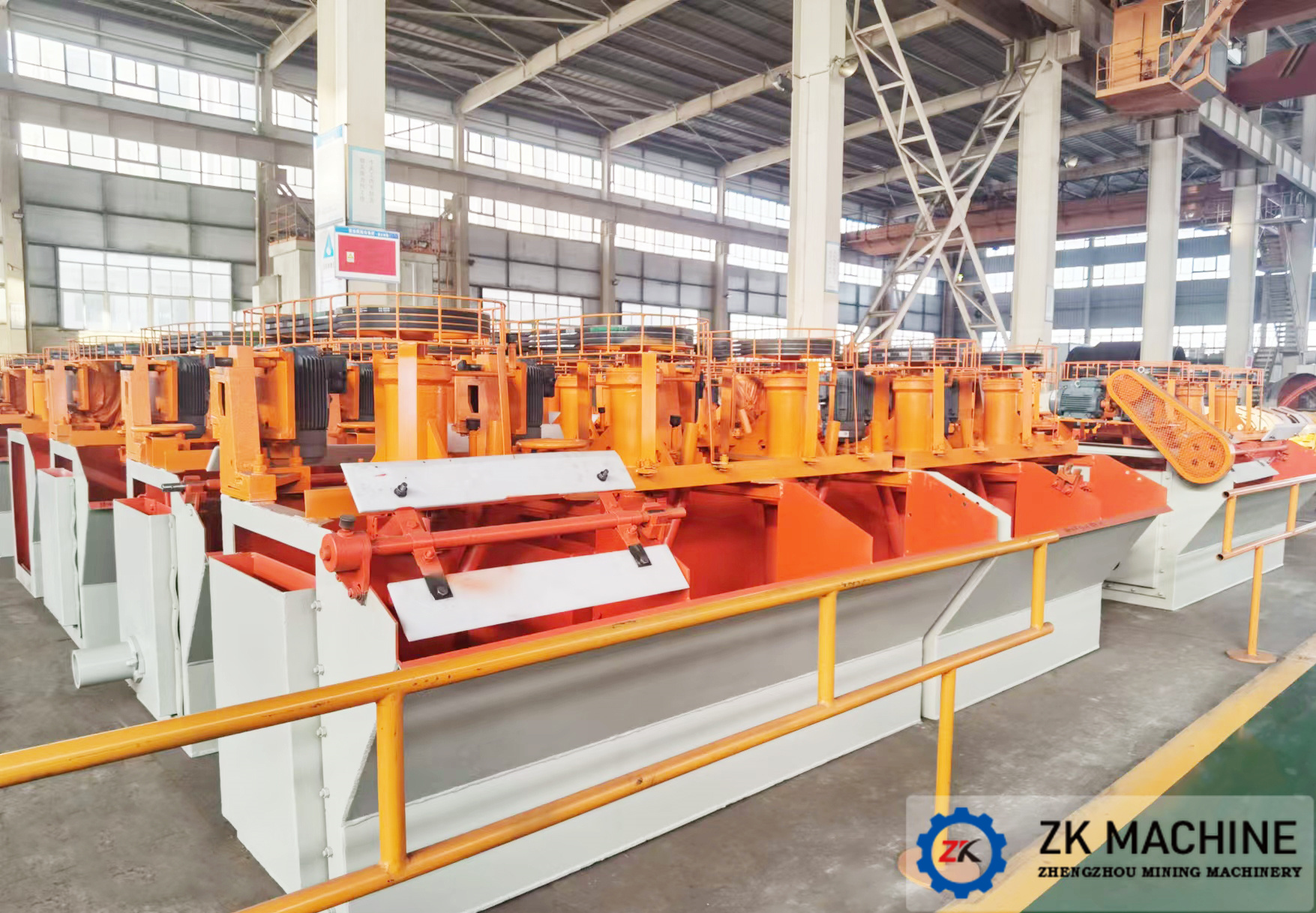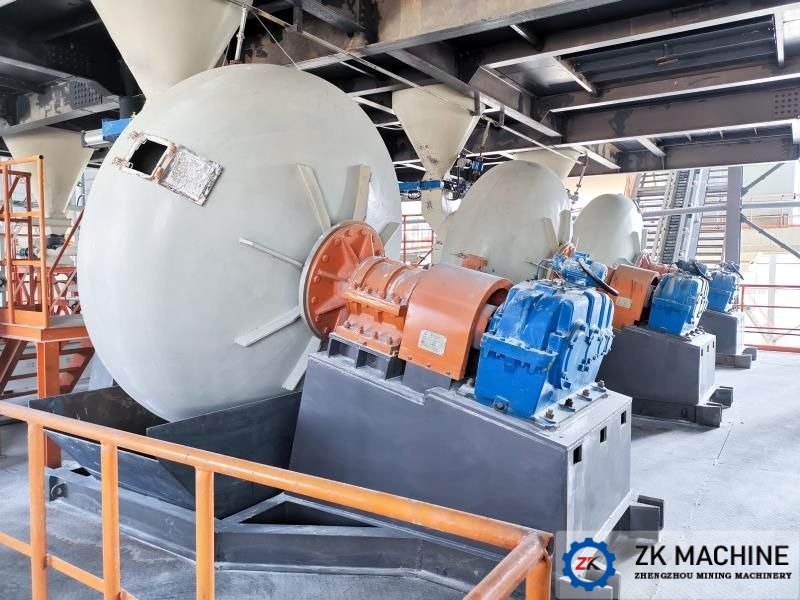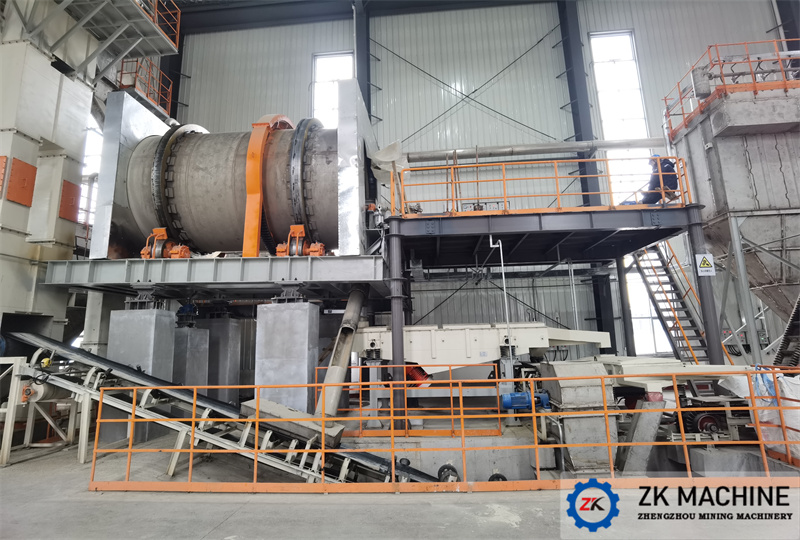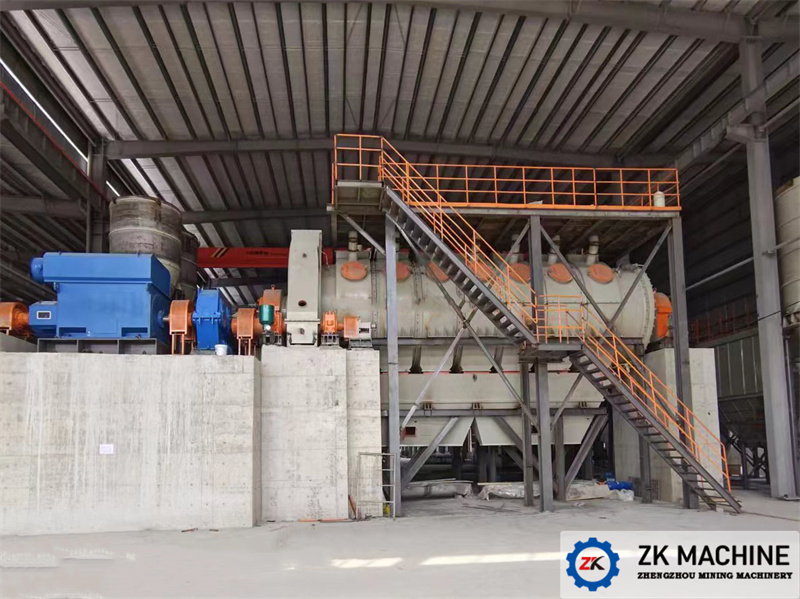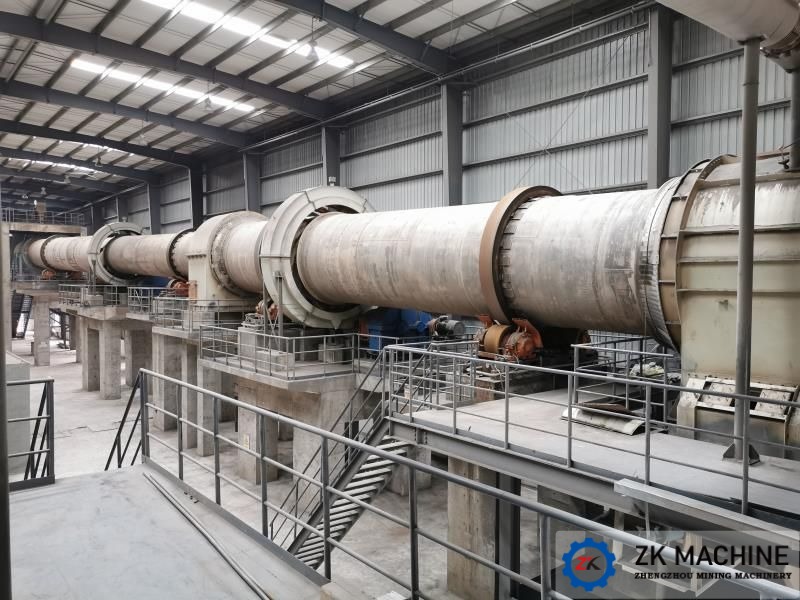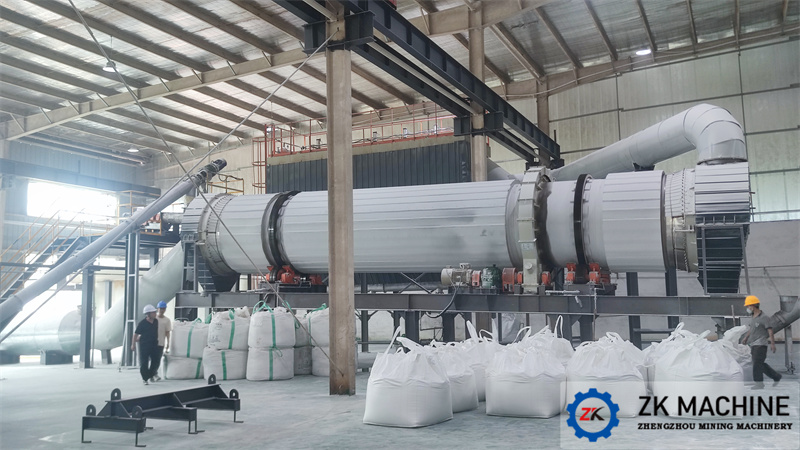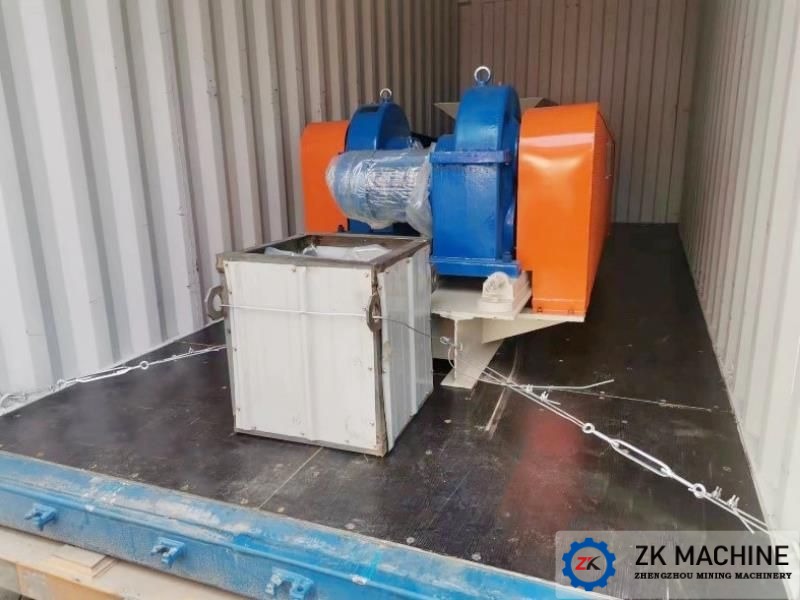Classification and Introduction of Twin-shaft Mixers
1. Introduction to twin-shaft mixer
The twin-shaft mixer is an equipment that utilizes the synchronous rotation of a pair of stirring shafts with stirring blades to transport materials while humidifying them (additional devices can be added or removed according to process requirements) and stirring.
2. Classification of twin-shaft mixers
Twin-shaft mixers are widely used in many industries, and the material properties of different industries vary greatly. In order to meet the needs of different industries for twin-shaft mixers, our company has developed three series of twin-shaft mixers.
2.1 ZJ series twin-shaft mixer
2.2 HJ series double-shaft acid mixing machine
2.3 SJ series twin-shaft mixer
3. Structural features of ZJ series twin-shaft mixer
ZJ series twin-shaft mixer is suitable for humidifying and stirring powdery and small granular materials. The materials have low viscosity and are easy to stir.
Design execution standard: JCT 825.3-2001 Cement industry automatic control pre-water pelletizing equipment twin-shaft mixer industry standard
The ZJ series twin-shaft mixer is a light mixer. Because the material has low viscosity and is easy to stir, the motor power is low and the weight is light.The structural features of ZJ series twin-shaft mixer are as follows:
3.1 The driving device adopts motor + hydraulic coupling + hard tooth surface reducer
3.2 Function of hydraulic coupling:
3.2.1 Speed regulation;
3.2.2 Improve the starting performance of the motor and enable starting with load
3.3.3 Absorption buffer and overload protection.
3.3 When the motor adopts a variable frequency motor, a hydraulic coupler cannot be used, because the normal operation of the hydraulic coupler requires a certain input speed. When the input speed decreases, the torque will decrease, and the hydraulic coupler will slip or become immobile. Phenomenon, when using variable frequency motors, elastic pin couplings are generally used instead of hydraulic couplings.
3.4 The connection method between the blade and the mixing shaft is as shown in the figure on the right. The stirring shaft is drilled, the blade is inserted into the shaft hole, and is fixed with a slotted nut and a cotter pin.
3.5 Blade material: Q355B + surfacing carbide wear-resistant layer. After the surfacing layer is worn, it can be re-surfacing in time.
3.6 Mixing shaft material: Q355B seamless steel pipe or 45# round steel (determined according to power)
The HJ series double-shaft acid mixer is mainly used in the lithium battery industry, such as the acid addition and mixing of lepidolite powder. The difference from the conventional ZJ series double-shaft mixer lies in the particularity of the mixing materials: it contains concentrated sulfuric acid, which affects the acid adding device and the material directly. The contact mixing shaft, blades, cover seals, etc. are designed specifically to ensure long-term safe and efficient operation of the equipment.
4. Structural features of HJ series double-shaft acid mixer:
4.1 The blades can be spray-coated, overlayed with carbide wear-resistant layer, and ceramic patch. The stirring shaft can be spray-coated. The coating material is ceramic or carbide, and the coating thickness is 0.15-0.2mm or 0.3mm;
4.2 The acid-adding components, tank cover and flange seals are made of polytetrafluoroethylene, which is resistant to acid and alkali corrosion;
4.3 The blade and stirring shaft are connected by stainless steel bolts.
5. Structural features of SJ series twin-shaft mixer
The SJ series twin-shaft mixer is mainly used for mixing viscous materials such as sludge, oil sludge, coal slime, and bentonite. The materials are highly viscous and difficult to stir. They are heavy-duty mixers and comply with the standard JC 346-2005 wall material industrial mixers.
The structural features of SJ series twin-shaft mixer are as follows:
5.1 The driving device adopts motor + pneumatic clutch + soft tooth surface reducer
5.2 Function of pneumatic clutch:
5.2.1 Improve the starting performance of the motor and enable starting with load;
5.2.2 Absorption buffer and overload protection;
5.2.3 Applicable to working conditions with frequent starts and stops.
5.2.4 Compared with the ZJ series twin-shaft mixer, the SJ series has larger power because the material is more viscous and difficult to stir. The mixing shaft is mostly a solid shaft structure and is heavier.
The pneumatic clutch can be used with the variable frequency motor at the same time, but in principle it is not recommended because the functions of both are duplicated and both have the functions of starting with load and overload protection.
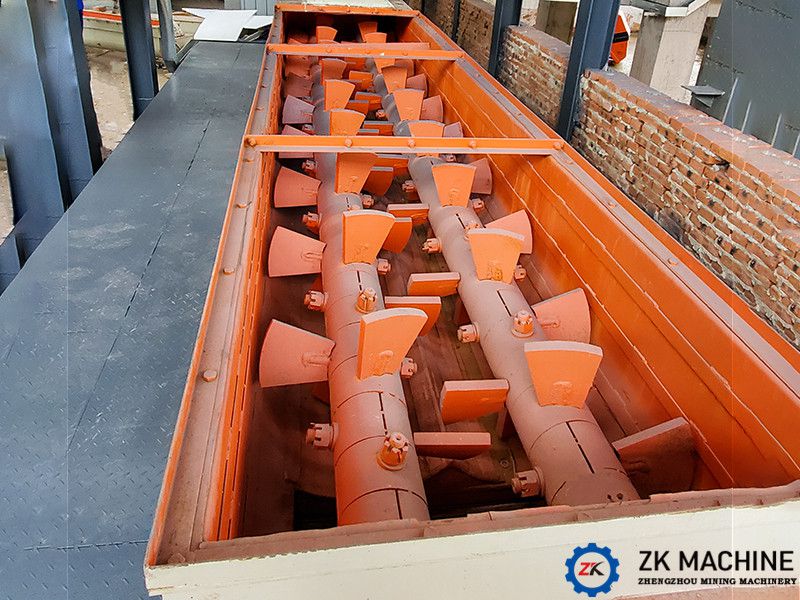
6. Double-shaft mixer tank cover structure
The double-shaft mixer tank cover has two structures according to the working conditions and customer requirements:
6.1 The grid plate structure is suitable for occasions with high moisture content, no dust pollution during mixing, and low environmental requirements. It can easily observe the mixing status of materials in the tank at any time.
6.2 The sealed cover structure is suitable for occasions with dust pollution during mixing and high environmental requirements. The entire mixing process is fully sealed.

